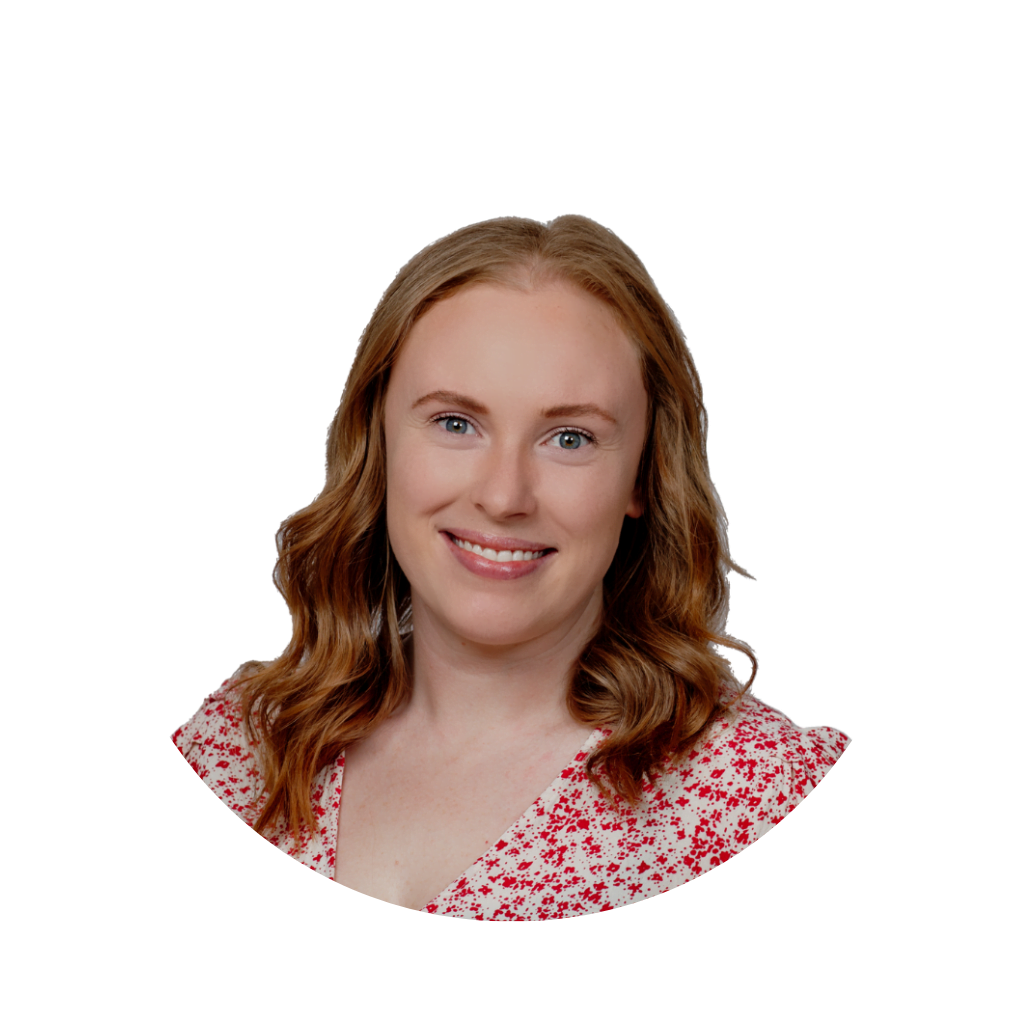The quality of a mesh can make or break a CFD simulation. Pointwise stands at the forefront of this domain.
Automation and customization are key aspects of Pointwise, enabling users to streamline their meshing processes. This is mainly achieved by implementing glyph scripting, particularly with Python.
Enter ChatGPT to the mix, and we can revolutionize the way we approach glyph scripting. In this article, we explore how ChatGPT can assist you in streamlining and enhancing the glyph scripting process for Pointwise meshing.

Are you in a time crunch to read the whole article?
Listen to the article’s main points instead and bookmark the article for later.
Back to Basics of Glyph Scripting
The Glyph scripting interface allows users to automate a wide range of tasks in Pointwise, from simple, repetitive processes to intricate, customized mesh generation strategies.
At its core, glyph scripting serves three primary purposes:
- Automation of repetitive tasks
In CFD, certain operations like grid generation, quality checks, and data import/export are performed routinely. Glyph scripting automates these tasks, saving time and reducing the risk of human error. - Customization of meshing processes
Every CFD project has its unique requirements. Glyph scripting enables users to tailor the meshing process to fit specific needs.
This customization can range from defining unique grid topologies to setting specific boundary layer parameters. - Development of new meshing methods
Perhaps the most innovative aspect of glyph scripting is its ability to facilitate the development of entirely new meshing techniques and algorithms.
Users aren’t just automating existing features of Pointwise; they’re creating new methodologies that can be shared and reused across projects and organizations.
Python, with its user-friendly syntax and extensive libraries, is an ideal language for glyph scripting. Its versatility and power make it accessible to both beginners and experienced programmers, allowing for the creation of both simple scripts and complex meshing algorithms.
Getting Started with ChatGPT
ChatGPT, powered by the OpenAI GPT-3 API, is a natural language processing model that can be used adjacent to Python and Pointwise. With its language understanding and basic coding capabilities, ChatGPT can assist users in several ways:
- Script generation
ChatGPT can help generate Python scripts for glyph scripting from scratch, based on user inputs and requirements. This is particularly useful for those who may not be familiar with Python or glyph scripting. - Code optimization
For more experienced users, ChatGPT can aid in optimizing existing scripts. It can suggest more efficient code structures, identify potential bugs, and propose ways to enhance the script’s performance. - Learning and troubleshooting
ChatGPT can act as a learning assistant, providing explanations, tutorials, and answers to specific questions about Python and glyph scripting. This makes it a valuable tool for ongoing education and problem-solving. - Custom script development
For advanced tasks, such as scripting for adaptive mesh refinement or specialized grid topologies, ChatGPT can help conceptualize and develop scripts that cater to these complex needs.
ChatGPT In Action
Consider a simple scenario where you need a script to create a structured grid. While this task might be daunting for beginners, ChatGPT can help generate the initial script or refine an existing one. This AI assistant understands your requirements and translates them into efficient, executable Python code. Such assistance not only saves time but also minimizes potential errors, making the scripting process smoother.
Example 1: Basic scructured grid creation
Imagine you need to create a basic structured grid. Typically, this task might involve a fair bit of manual coding. However, with ChatGPT, you can quickly generate a script like the following:
# Python script for basic structured grid creation in Pointwise
from pw import *
# Create a structured grid block
block = pw.Application.createBlock()
# Define the dimensions of the grid
block.setIDimension(50)
block.setJDimension(50)
# Set the grid distribution
block.setIDistribution("Uniform")
block.setJDistribution("Uniform")
# Assign grid points (Example coordinates)
block.setGridPoint(0, 0, [0, 0, 0])
block.setGridPoint(49, 0, [1, 0, 0])
block.setGridPoint(0, 49, [0, 1, 0])
block.setGridPoint(49, 49, [1, 1, 0])
# Generate the grid
block.generate()
This script is a basic example. By providing more detail in your input, ChatGPT can help create, tailored to your specific requirements for grid size, distribution, and dimensions.
Example 2: Automated mesh refinement based on flow features
For a more advanced scenario, such as automating mesh refinement based on specific flow features, ChatGPT can assist in conceptualizing a more complex script. Here’s an example of what that might look like:
# Python script for automated mesh refinement in Pointwise
from pw import *
import numpy as np
def refineMeshBasedOnFlowFeature(block, featureThreshold):
# Function to refine mesh based on a flow feature threshold
# Analyze the block for flow features
flowData = analyzeBlockForFlowFeatures(block)
# Refine the grid where the flow feature exceeds the threshold
for i in range(block.getIDimension()):
for j in range(block.getJDimension()):
if flowData[i][j] > featureThreshold:
block.refineCell(i, j)
def analyzeBlockForFlowFeatures(block):
# Placeholder function to analyze flow features in the block
# In practice, this would involve complex flow analysis logic
return np.random.rand(block.getIDimension(), block.getJDimension())
# Example usage
block = pw.Application.createBlock()
# Set dimensions, distribution, and points as required
refineMeshBasedOnFlowFeature(block, 0.5)
This script represents a more sophisticated approach where the mesh is refined dynamically based on flow characteristics, a task that ChatGPT can help script and optimize.
Prompts and Best Practices for Using ChatGPT
Anyone who has played around with AI and ChaGPT knows that the ouput you get is only as good as the input you give. When using ChatGPT or similar AI models to assist in scripting or problem-solving, we recommend keeping these best practices in mind:
- Specificity of Queries: The more specific your query, the more tailored and applicable the response. For example, asking “How do I automate the generation of a boundary layer mesh in Pointwise using Python?” will yield more directly useful advice than a more general query about mesh generation.
- Technical Details: Including relevant technical details in your query helps the AI understand the context better. For example, specifying the type of mesh (structured, unstructured), flow conditions, or any specific constraints can lead to more accurate suggestions.
- Clarification of Objectives: Clearly stating the end goal of your scripting task can guide the AI to provide more focused advice. Whether you’re optimizing for speed, accuracy, or specific flow characteristics, this information is crucial.
- Iterative Interaction: AI models like ChatGPT often benefit from an iterative interaction process. You might start with a broad question, then refine your inquiry based on the initial response you receive.
And without further ado:
Tried-and-True Prompts for Glyph Scripting
- Basic Automation Tasks:
- “Write a Python script for Pointwise to automatically import CAD files and prepare the geometry for meshing.”
- “Generate a Python script using glyph for Pointwise to automate the creation of a structured mesh on a simple geometry, like a cylinder.”
- Boundary Layer Meshing:
- “Create a Python script for defining a boundary layer mesh with specific thickness and growth rate in Pointwise.”
- “Script a boundary layer refinement process for an airfoil in Pointwise, focusing on areas of high pressure gradient.”
- Custom Grid Topologies:
- “Develop a glyph script for creating a C-grid topology around an airfoil in Pointwise.”
- “Provide a Python script to generate an O-grid topology inside a duct in Pointwise.”
- Mesh Quality Improvement:
- “Write a glyph script in Python to identify and improve low-quality cells in a Pointwise mesh.”
- “Script for automating the process of skewness and aspect ratio improvement in Pointwise meshes.”
- Automated Mesh Refinement:
- “Generate a script for adaptive mesh refinement based on flow solution data in Pointwise.”
- “Create a Python script for Pointwise that dynamically refines the mesh around shock waves in supersonic flow simulations.”
- Optimization and Parameter Studies:
- “Script to automate a parametric study of grid density effects on aerofoil performance in Pointwise.”
- “Develop a Python script for optimizing the distribution of grid points in a boundary layer mesh in Pointwise.”
- Complex Geometry Handling:
- “Write a Python script for meshing complex geometries with intricate surface features in Pointwise.”
- “Script to automate the generation of a mesh for a multi-element airfoil with flap and slat in Pointwise.”
- Scripting for Specific Flow Features:
- “Create a glyph script to focus mesh refinement in regions of high vorticity in a turbulent flow simulation in Pointwise.”
- “Generate a script for tailoring the mesh to capture the wake behind a bluff body in a Pointwise simulation.”
- Integration with Other Tools:
- “Script for exporting mesh from Pointwise and importing it into a specific CFD solver.”
- “Write a Python script for automating the process of transferring boundary conditions from a CFD solver to Pointwise.”
- Troubleshooting and Optimization:
- “Provide a Python script to analyze and report mesh statistics in Pointwise for quality assurance.”
- “Script to compare different meshing strategies in Pointwise and suggest the most efficient one based on given criteria.”
Additional Resources and Community
The world of Pointwise and Python scripting is a vast one. Don’t hesitate to explore the thriving online communities, forums, and resources dedicated to these topics. Sharing your experiences and seeking support from fellow enthusiasts can be immensely beneficial.
Additional Resources

ChatGPT can be a game-changer for Python scripting in Pointwise. It not only enhances automation but also offers invaluable user assistance. As you integrate ChatGPT into your workflow, you’ll discover new ways to streamline meshing operations and troubleshoot scripting issues efficiently. Embrace this exciting synergy between AI and CFD for a brighter meshing future.
Want a closer look at Pointwise?
Nordcad guides you in the right direction when it comes to optimizing your design process. We provide valuable know-how to strengthen your CFD efforts every step of the way. You will gain more transparency and better utilization of both your time and your budget.
